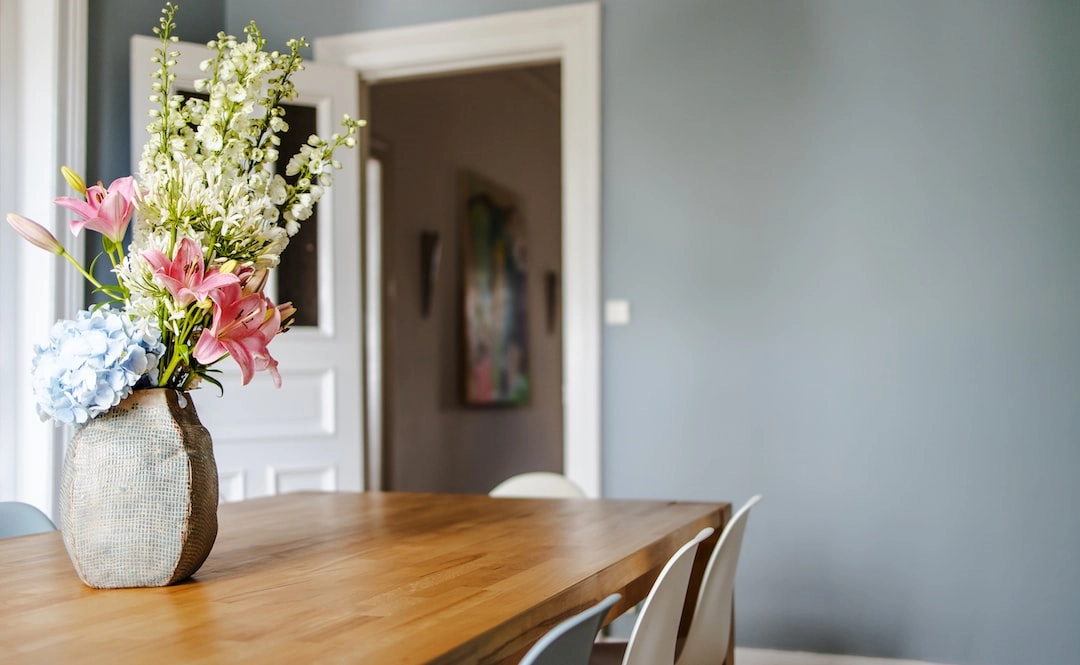What is Sustainable Home Design?
Sustainable home design refers to the practice of creating residential buildings that are environmentally friendly, energy-efficient, and socially responsible. It encompasses various principles, strategies, and technologies aimed at reducing the negative impact of residential construction and operation on the environment.
Real-World Problems Associated with Sustainable Home Design
While sustainable home design offers numerous benefits, there are also real-world challenges that need to be addressed and overcome to promote its widespread adoption. These problems include:
1. Cost Considerations
Sustainable home design often requires additional upfront investment compared to conventional building practices. The use of eco-friendly materials, energy-efficient technologies, and renewable energy systems can be more expensive. This cost barrier can prevent some homeowners from choosing sustainable options.
2. Lack of Awareness and Education
Many people are unaware of the potential environmental and economic benefits of sustainable home design. There is a need for increased awareness and education to promote understanding and encourage individuals to consider sustainable options for their homes.
3. Limited Access to Resources and Expertise
Some communities, particularly in rural or low-income areas, may lack access to resources and expertise needed to implement sustainable home design. This can include limited availability of sustainable building materials, lack of local contractors trained in green building practices, and restricted access to financing options for sustainable construction.
4. Resistance to Change
Sustainable home design may face resistance and skepticism from homeowners, builders, and policymakers who are resistant to change or skeptical about the effectiveness and long-term benefits of sustainable practices. Overcoming this resistance requires clear communication and evidence-based information.
5. Building Codes and Regulations
Existing building codes and regulations may not prioritize or incentivize sustainable home design. However, as understanding and demand for environmentally-friendly homes increase, there is a need for updated codes and regulations that support and encourage sustainable practices.
In summary, sustainable home design holds great potential for creating greener homes and reducing the environmental impact of residential buildings. However, it also faces various real-world challenges that need to be addressed to promote its wider adoption and implementation.

Solutions for Sustainable Home Design Challenges
While there are obstacles to widespread adoption of sustainable home design, there are also several solutions available. These solutions can help address the challenges associated with sustainable home design:
1. Financial Incentives and Support
Governments and organizations can provide financial incentives and support to overcome the initial cost barrier of sustainable home design. This can include tax credits, rebates, and low-interest loans for homeowners who choose eco-friendly materials and energy-efficient technologies.
2. Education and Awareness Campaigns
Increasing awareness and education about the benefits of sustainable home design is crucial. Governments, NGOs, and industry stakeholders can initiate education campaigns through workshops, seminars, and online resources. This will help homeowners understand the long-term savings, improved indoor air quality, and reduced environmental impact associated with sustainable homes.
3. Training and Capacity Building
Expanding training programs for builders and contractors in green building practices can promote the availability of expertise in sustainable home design. This will enable a wider range of professionals to implement sustainable features and technologies effectively.
4. Collaboration and Networking
Building collaboration networks among architects, builders, suppliers, and policymakers can help share knowledge and resources. This collective effort can influence local building codes and regulations, ensuring they align with sustainable home design principles.
5. Research and Development
Investing in research and development can drive innovation in sustainable home design. This can include designing and testing new eco-friendly materials, technologies, and construction techniques that are cost-effective and accessible to a wider market.
In conclusion, by implementing these solutions, the challenges associated with sustainable home design can be mitigated. This will pave the way for wider adoption and a greener future for residential buildings.













